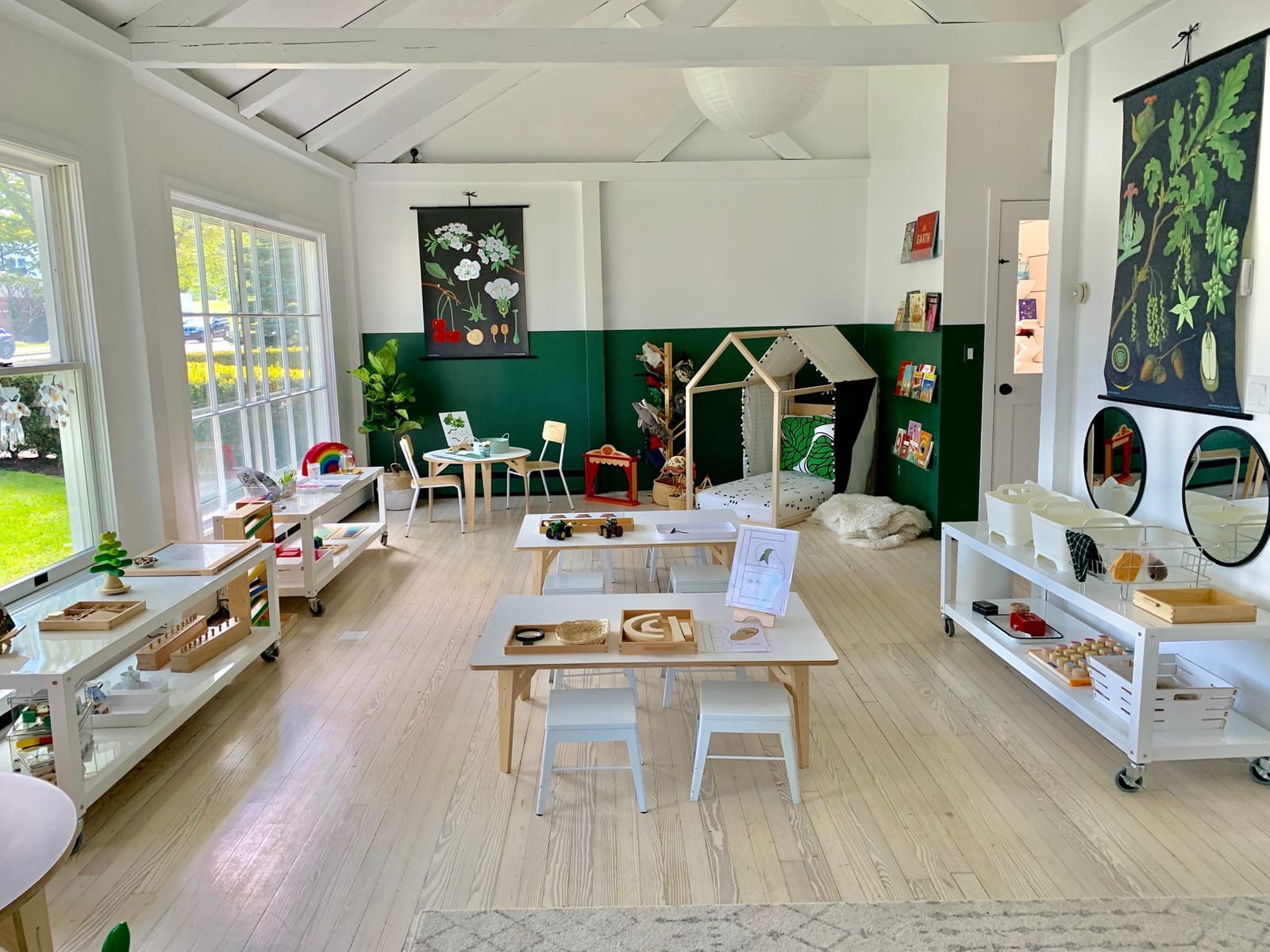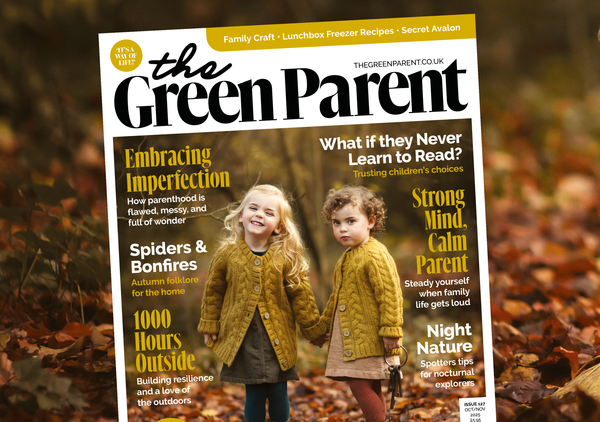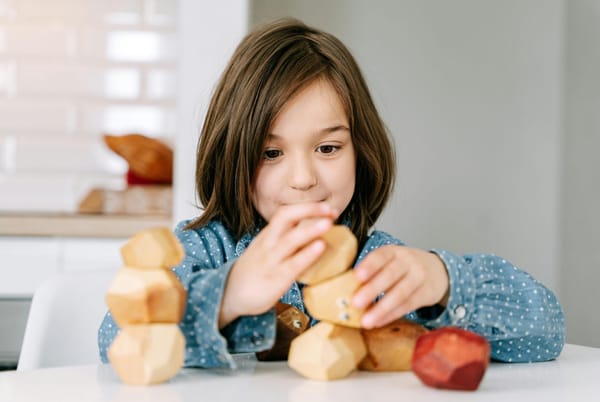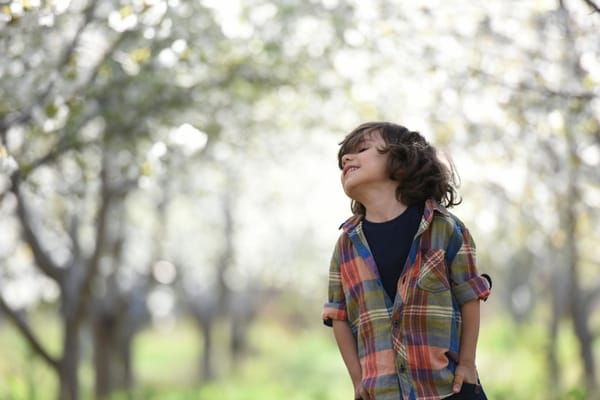Mariah Bruehl designs a home environment that encourages creativity and learning - how to create your own art area and reading nook and much more.
While engaging in learning experiences provides great opportunities for you and your child to learn and grow together, there is nothing that fosters independence and inspires creativity within children more than a thoughtfully prepared environment. While working as both a teacher and an administrator, I was profoundly aware of how the physical environment shapes children’s behaviour.
Every decision about presentation, organisation, and selection of materials will have an impact on how children interact with their surroundings. The same principles hold true for the home. I am sure that many of you have observed how your children engage with different toys in different ways after their play areas have been cleaned up or organised. By applying the principles of good classroom design to your home, you can open up new avenues of exploration for your children, foster independence, and nurture self-esteem - and maybe even gain some precious time for yourself in the process.
When designing a space for children, it is helpful to think about the characteristics that you as an adult would like and then balance that with what your child would enjoy. Often grown-ups create spaces for children with preconceived ideas of what children like, rather than considering basic elements of what is useful and practical for them. A well-prepared environment can result in many hours of self-guided, independent, creative, and productive time for your children. Although it takes some thought and preparation, the results will be well worth it for both you and your child.
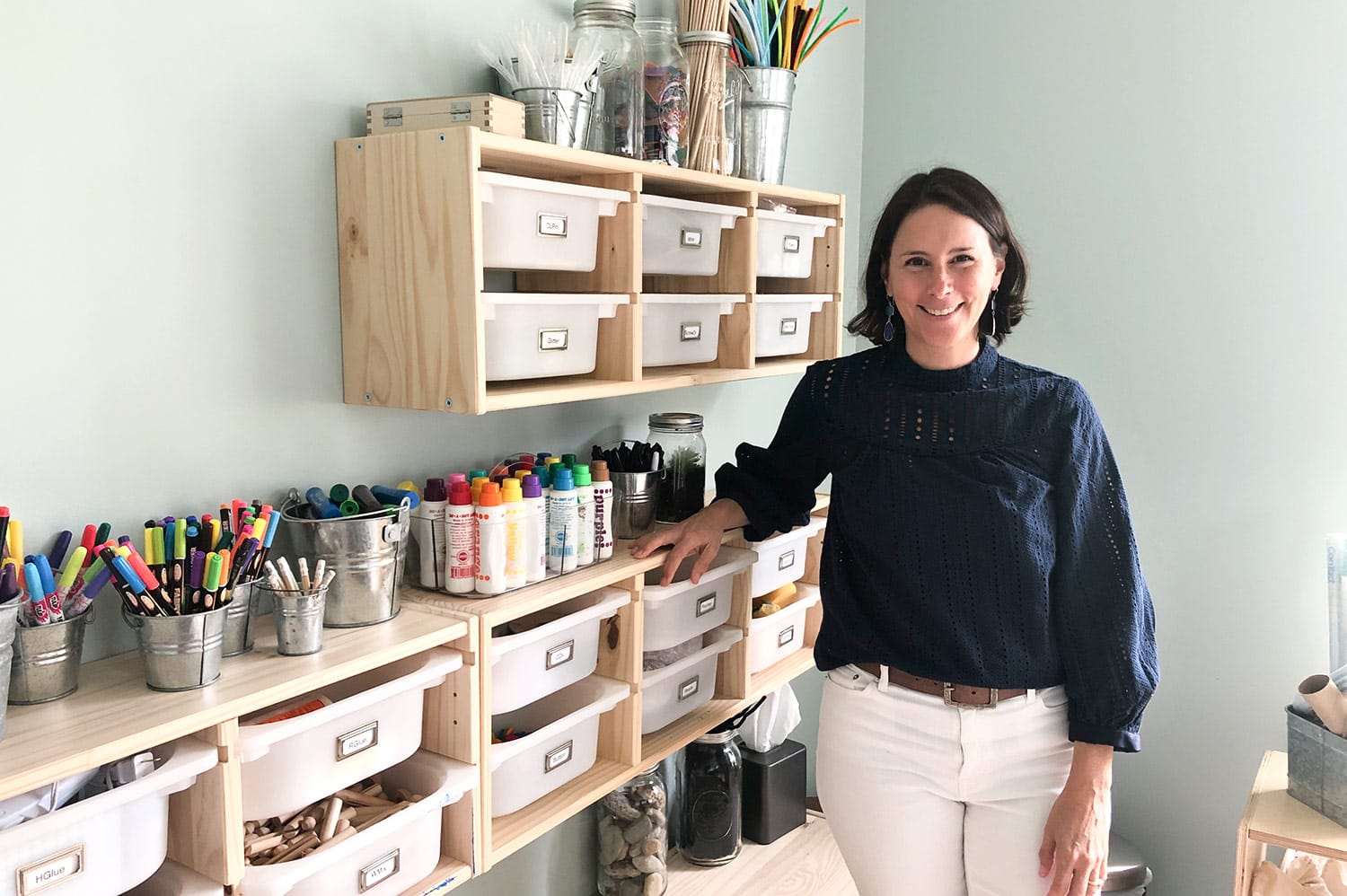
Build it and they will come
In our home we have designated one small room as the “atelier” (an artist’s studio), which is a term I learned while touring the extraordinary schools in Reggio Emilia, Italy. The ateliers in these schools are designed to give children time, information, inspiration, and materials so they can effectively express their understanding through multiple mediums. When entering the ateliers of the pre-schools in Reggio Emilia, I was immediately struck by the quality and beauty of both the materials and the way in which they were displayed. People often ask how the schools can use real glass vases or dishes or provide such high-quality materials to young children without having them all ruined. The beauty lies in the fact that the environment sets expectations for the children and the children rise to the occasion. If you create an environment that respects children, children learn to respect their environment.
The overall goal for an atelier is to provide interesting and engaging materials that are easily accessible and encourage meaningful, open- ended play. “If you create it, they will come.” This is an important concept to consider when deciding how to use and organise your child’s special spaces. With that in mind, and given the space available in your home, you can create distinct areas that invite your child to engage in the activities that represent your family’s values and interests.
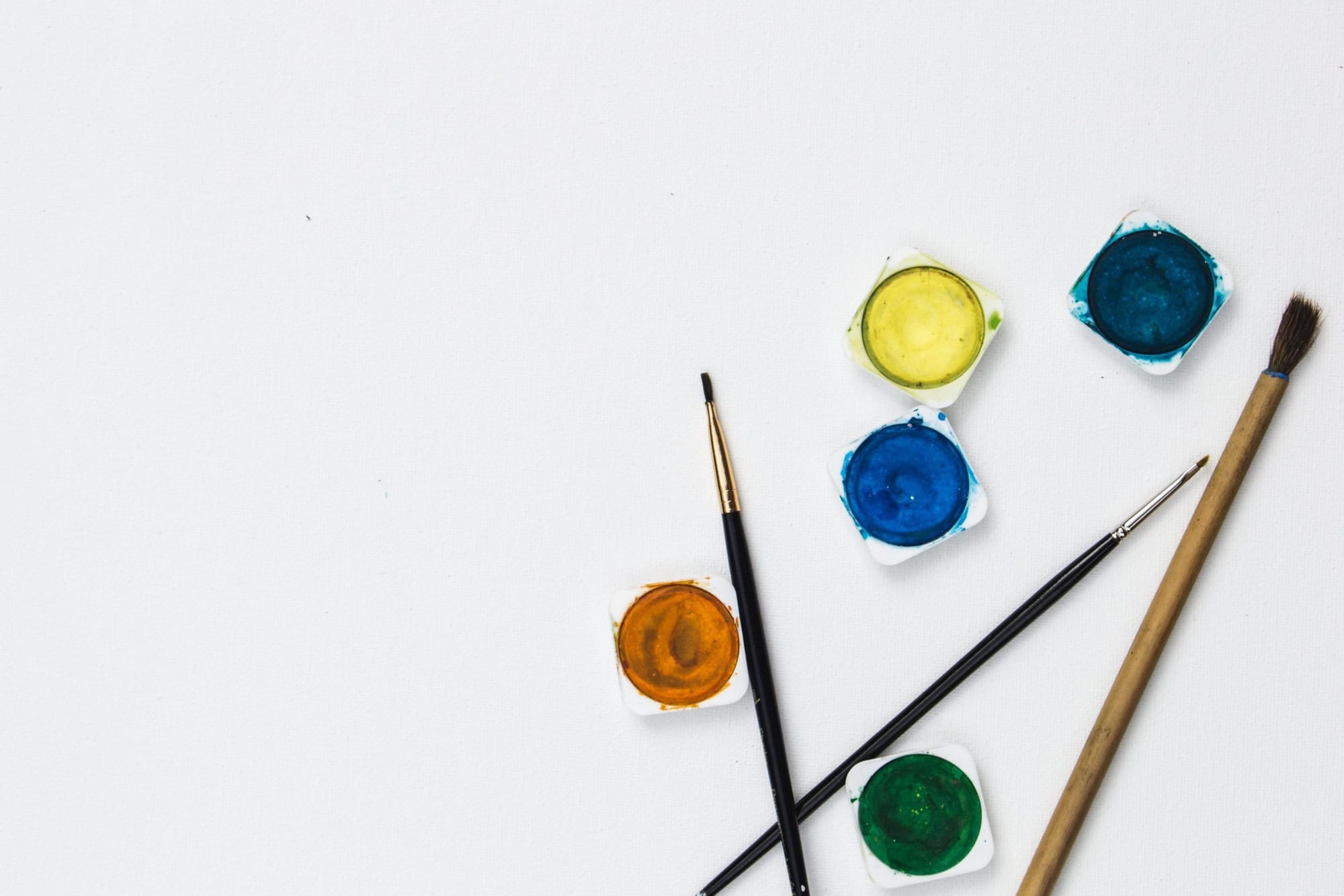
"When children have access to a variety of intriguing art materials, there is no limit to their creative endeavours"
Mariah Bruehl, founder of playfullearning.net
Here are 5 ideas to get you started
Writing Centre
It never ceases to amaze me how a well-stocked, organised writing centre can inspire spontaneous writing among young children. The goal is to create a space that invites a variety of impromptu writing by your child. By having a dedicated area stocked with writing tools, papers, and a place to work, children can independently write lists, letters, stories, or books—building writing skills through authentic and engaging writing endeavours.
We put our most commonly used materials in a utensil caddy so that it can be easily carried around the house or outside for spur-of-the-moment observational drawings or writing projects.
Science Lab
Creating an area dedicated to science and research for your children provides them the opportunity to form habits of mind that will become a natural part of how they take in new information and seek answers to their questions.
Place a basket of books with a scientific focus and some field guides near your science tools for easy access. These resources allow for easy follow-up and research on the topics that pique your child’s interest.
Mail Station
A great addition to any child’s writing centre is a family mailing station. The mailing station encourages children to take their letter writing to the next level and learn how to address and send letters to friends and loved ones. It also inspires ongoing written communication within your family.
Create mailboxes by attaching one pouch for every member of your family onto a board. It’s also useful to create an address chest where you can store address labels for your closest friends and family. Ask your child whom they most often write to, and then generate a list together of people to include in your address chest. It is nice to use a multi-drawer storage container to hold the labels (one drawer per addressee). Label each drawer with names and/or pictures. If you have space, place postage stamps in one drawer and your child’s return address labels in another.
When introducing the mail station to your child, start out by writing her a letter and putting it in her pouch. Nothing stirs up more enthusiasm than receiving a personalised note right off the bat! It is also fun to take your child on a trip to the post office to hand-deliver her letters. If it is not too crowded, ask your local postal worker to explain how the letters are sent to their destinations.
Reading Nook
A cosy spot in the house created purely for reading sends a strong message to children about what your family values. An appealing reading nook invites children to relax and enjoy reading for pleasure’s sake. Rotating the books in the reading area is a particularly effective way to maintain your child’s interest and encourage regular visits.
Art Area Art provides a wonderful outlet for young children to express their understanding of the world around them. When children have access to a variety of intriguing art materials, there is no limit to their creative endeavours.
When organising your child’s art supplies, make sure that he can access them and put them away on his own. Store materials in baskets, bins, or containers that are easy to get in and out of and that are within your child’s reach. If your child cannot easily see the material, make sure that it is labelled clearly (with a picture for nonreaders).
Some other useful tips for organising and displaying materials:
- Organise coloured markers by colour. This gives children the opportunity to appreciate all the finer nuances of colour and the variations that exist within each shade.
- Place mirrors underneath supplies to display materials; this is a sure way to draw your child in for further exploration.
- Use unconventional containers for organizing materials (think outside the box). Some possibilities are pretty bowls, vases, jars, various kitchen organizers, fun hooks, or recycled bottles or cans. It adds to the fun of being in and utilizing creative spaces and materials.
- I like to use high-quality art materials with young children. It introduces them to the feel and texture of materials that real artists use and allows them to bring their ideas to fruition with beautiful results. You might also keep children’s books about different artists and styles of art nearby to provide ongoing inspiration.
Note: Jot down your child’s thoughts during or after her process of creating; the true value of children’s art can only be discovered by talking to them about their work. There is always more to children’s creations than initially meets the eye.
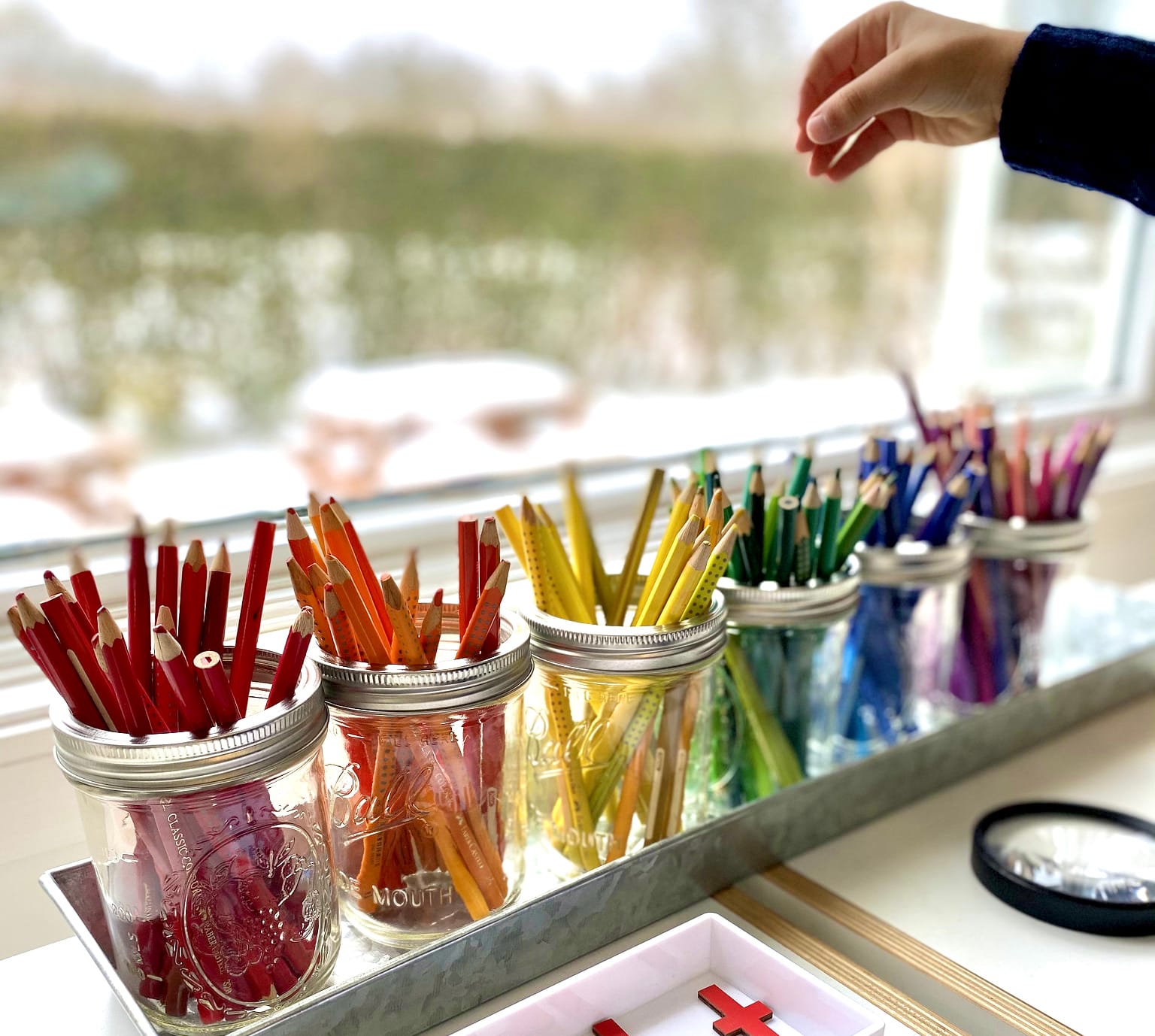

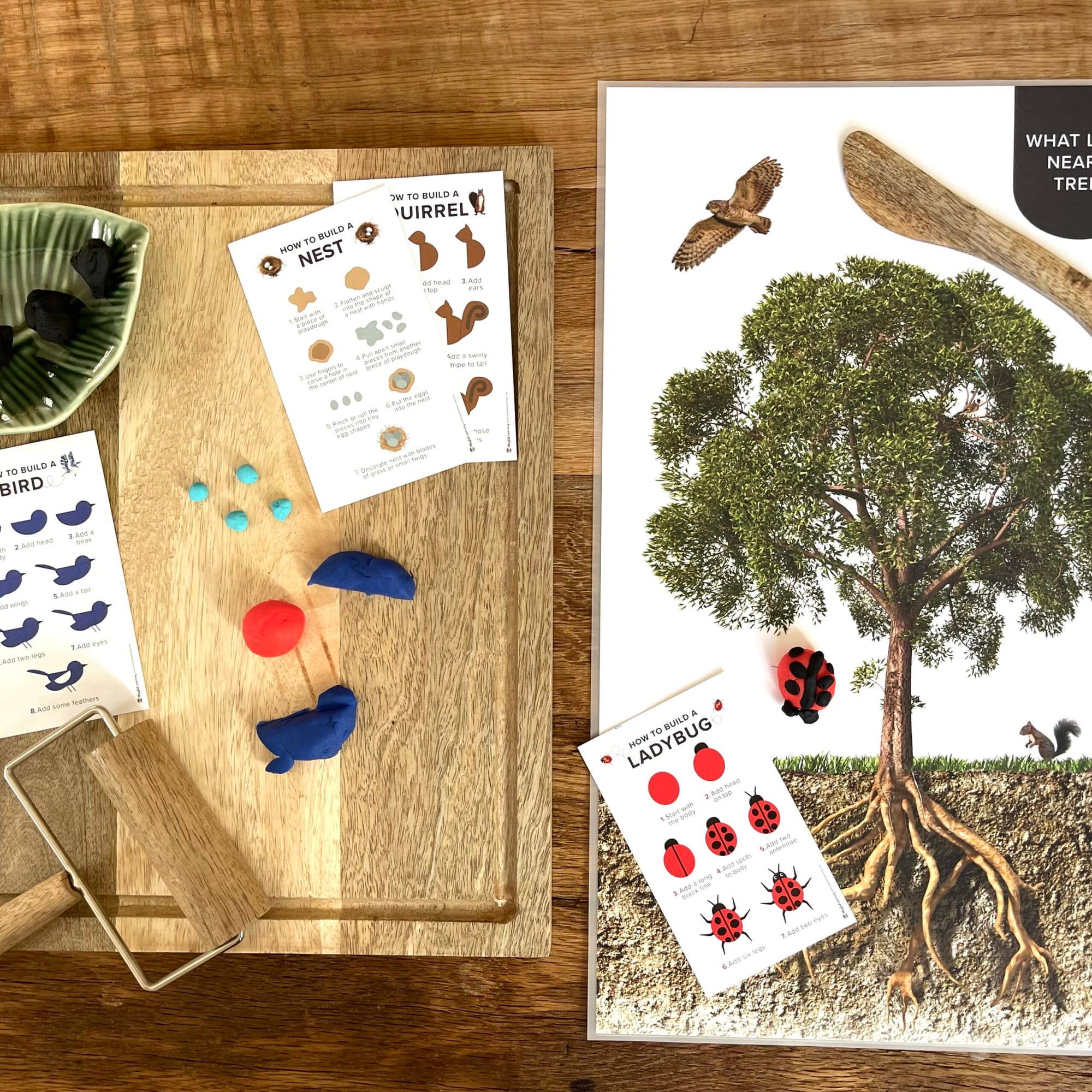
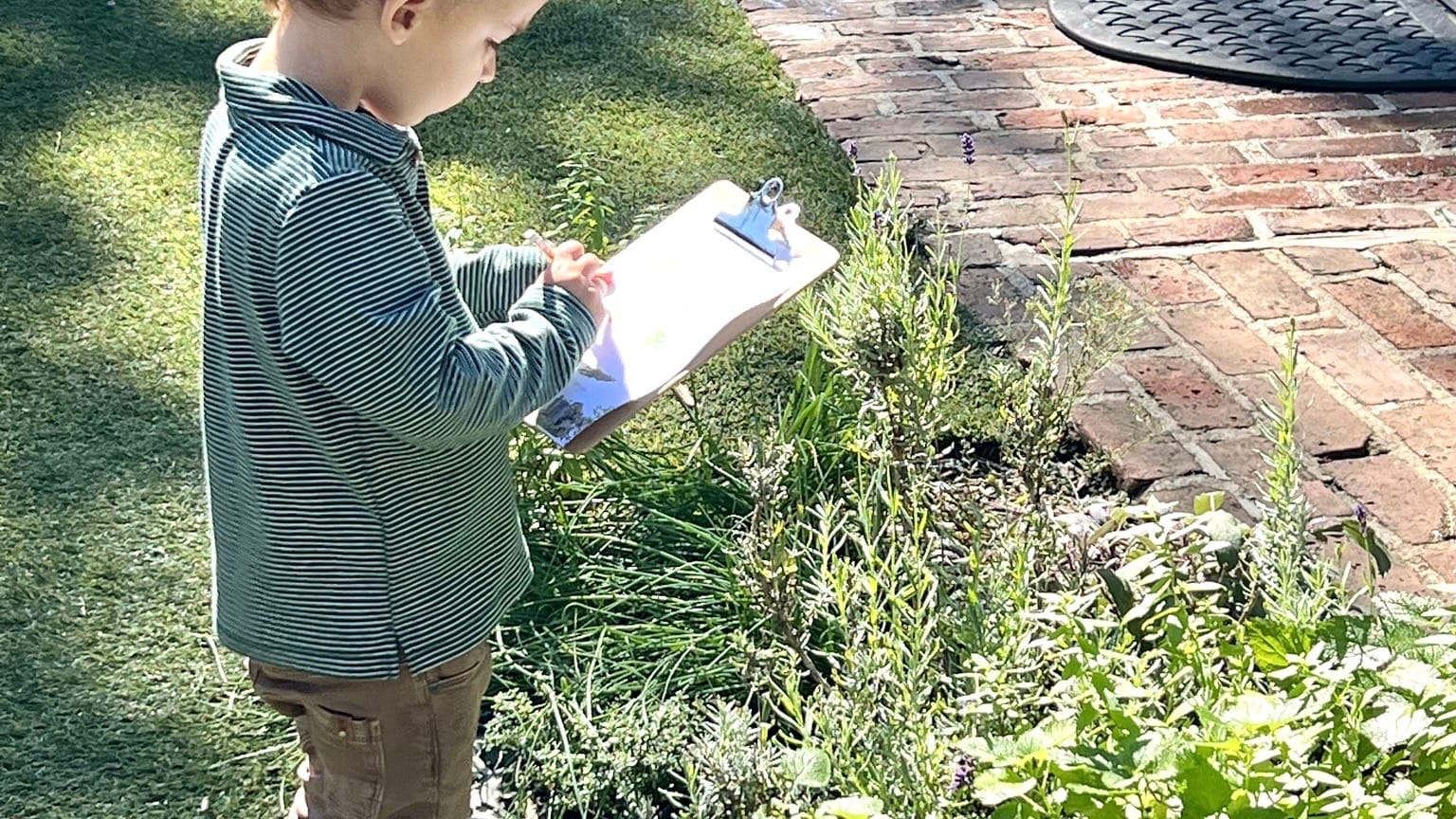
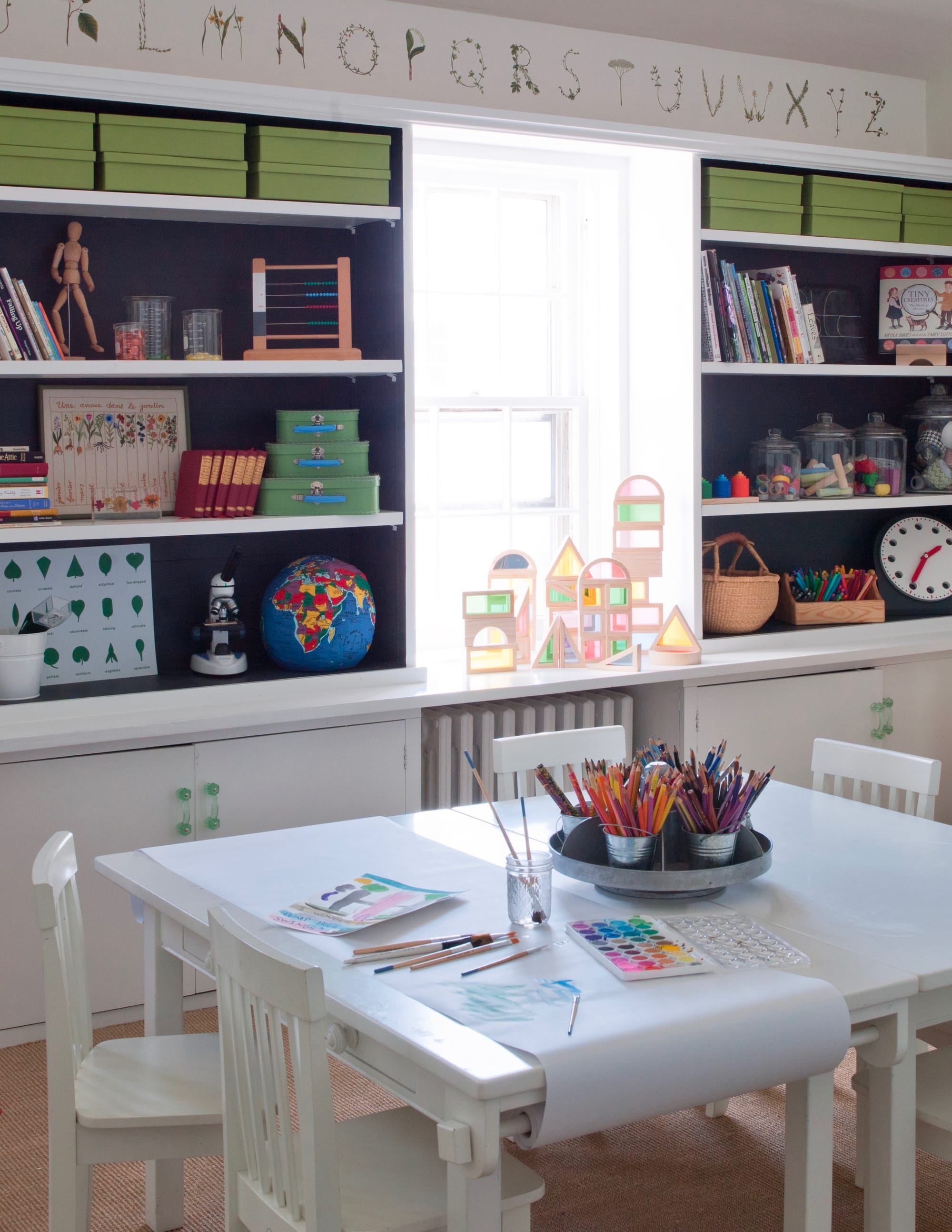
Here are questions to consider when designing spaces that inspire playful learning:
- Can your child access the materials in the play space independently? Are they organized in baskets or bins that are clearly labeled so your child knows how and where to put things away when finished with them?
- Are the materials presented in an attractive manner that invites your child to use them?
- Do the materials, toys, and games represent a balance between your child’s and your own preferences? Do they represent what you value and thus encourage your child to engage in activities that you feel good about?
- What is your child currently interested in? If your child no longer plays with dinosaurs, but has been talking a lot about birds, make sure that the play space reflects this current passion. Rotating toys is a great way to keep your child interested in play space activities and ultimately prolongs the life of your child’s playthings. It never ceases to amaze me how excited my girls get about a toy that comes back into rotation. The nostalgia they feel toward a toy they have not seen in a while is almost more than their delight over a brand-new toy.
- Is the play space a calming environment that allows one to focus on the task at hand without distracting colours, decorations, or objects?
- Are you seeing things from your child’s perspective? Put yourself in your child’s shoes to determine the right height for displaying and storing materials and hanging art.
- Is this a space that makes you want to make art, explore science, write stories, and more? If so, would you have everything you need to do what you want to do? What else could you add to enrich and deepen your child’s learning experience in the play space?
MORE INSPIRATION
Mariah is a parent, educator, entrepreneur, and author of the book, Playful Learning: Develop Your Child’s Sense of Joy and Wonder (Shambhala Publications, 2011).


